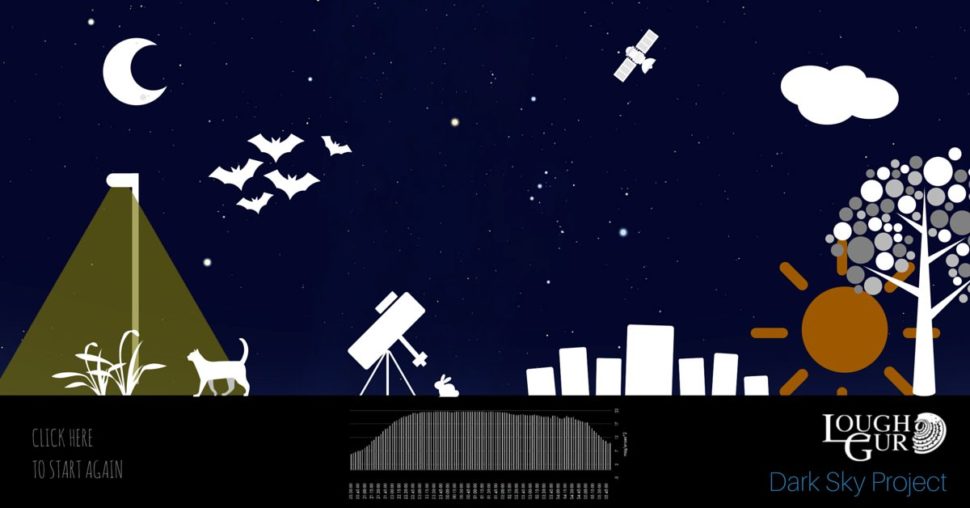Ancients Look to the Skies
As our ancestors looked to the sky, it presumably took several generations to identify and map the patterns which existed. We can only speculate that these patterns acted as seasonal indicators to Bronze Age families. 6,000 years ago, in the absence of city lights, our dark sky at Lough Gur would have been even more impressive than it is today, with artefacts like the Milkyway clearly visible.
2017 Archaeoastronomical Report by Dr Frank Prendergast FSCSI FRICS
In July of 2017, the management of Lough Gur commissioned Dr. Prendergast to carry out a review of the Great Stone Cricle (Circle B) at Grange, In the report Dr. Prendergast explores various aspect of how the stone circle would have been of immense social and astronomical significance to the inhabitants of Lough Gur at that time. The following is an extract from that report.
Throughout prehistory, humans would have perpetually gazed at and interpreted the sky – by day and by night – and been acutely aware of their perceived universe. There is little doubt that such practices in the past were an integral part of their cosmology. Mainstream archaeology, with archaeoastronomy, now factors these broader perspectives into understanding ancient societies in terms of everyday life and belief systems in the prehistoric past. Justifiably, an appreciation of the symbolic sky as the natural extension of landscape studies is essential, warranted and rapidly growing in importance.
Circle (B) is the logical and appropriate place in which to inspire visitors of all ages by connecting to our distant ancestors. Recognisable astronomical alignments cannot be identified at the site but, nonetheless, it is justifiable to presume that its builders readily understood the passage of time and the seasons and how these were linked to the apparent movement of celestial bodies, planting and harvesting cycles. Additionally, the rituals of death and burial would have been synonymous with the darker months of the year and perhaps marked there. Being located in Circle (B) at the shortest days of the year when the sun’s passage was lowest and shortest would have arguably carried added symbolism as well as deep levels of fear and awe.
Modern humans have largely disconnected from their natural world and now exist in a very different environment.

